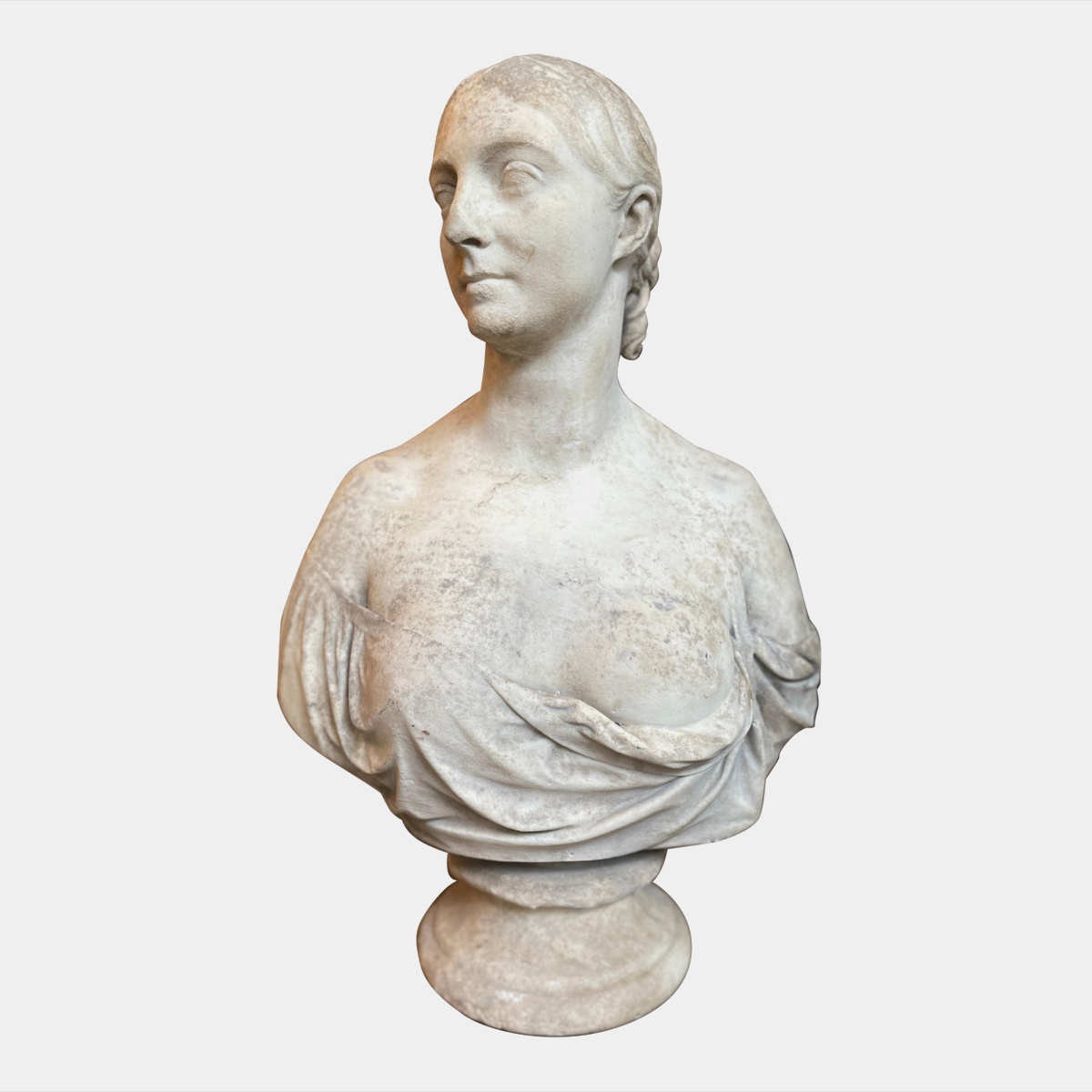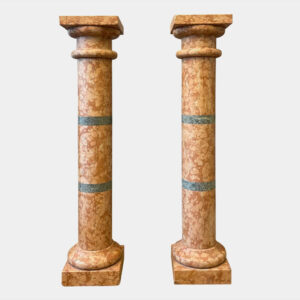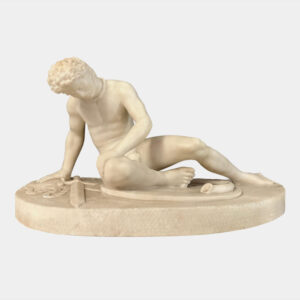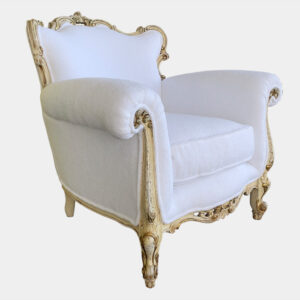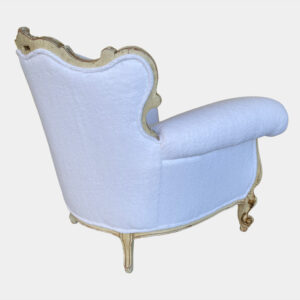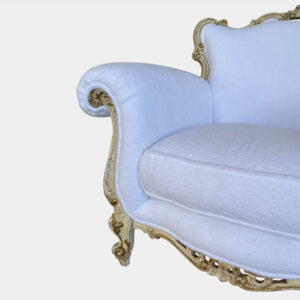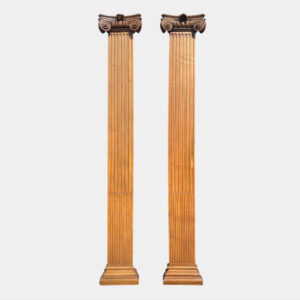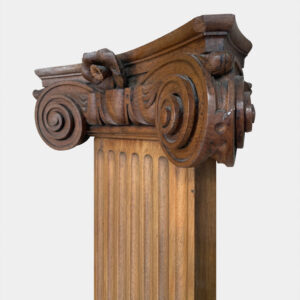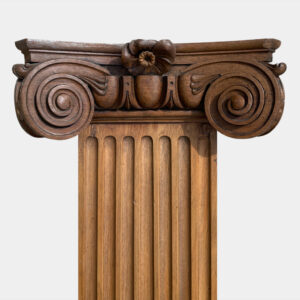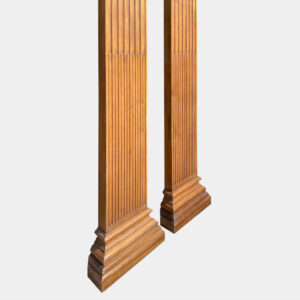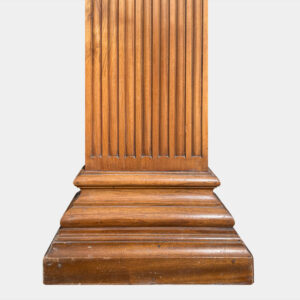A 19th Century Classical Statuary Marble Bust Of A Female
A Classical bust of female form with naked shoulders, draped robe exposing one breast, her hair tied back. Mounted on Socle pedestal
By William Behnes circa 1840-50
Born in London, Behnes was the son of a Hanoverian piano-maker and his English wife. His brother was Henry Behnes, also a sculptor, albeit an inferior one. The family moved to Dublin and there William studied art at the Dublin Academy.
After the family returned to London, Behnes continued his artistic training, studying at the Royal Academy School of Art from 1813, under the tutorship of Peter Francis Chenu. As a painter, he exhibited at the Royal Academy in 1815 and won several medals during the ensuing years. In 1819 he won a Society of Arts gold medal for inventing an instrument to assist sculpture work, having by this time begun to practice successfully as a sculptor.
In 1837 Behnes was appointed ‘Sculptor in Ordinary’ to Queen Victoria. His pupils included noted sculptors George Frederic Watts, Thomas Woolner and Henry Weekes, and naturalist Benjamin Waterhouse Hawkins.
Despite huge success, being declared “superior to Chantrey” in bust portraiture, he could not manage his finances and was declared bankrupt in 1861. His final work, the statue of Sir Henry Havelock (1861) in Trafalgar Square, has the unusual claim to fame of being the first known statue based purely upon a photograph of his subject.
It is likely that he was an alcoholic and also a gambler, and this was worsened by bankruptcy. He moved to “miserable lodgings” in Charlotte Street.
He was found lying unconscious in a gutter, with only three pence in his pocket, on New Years Day 1864 and died on 3 January in Middlesex Hospital



